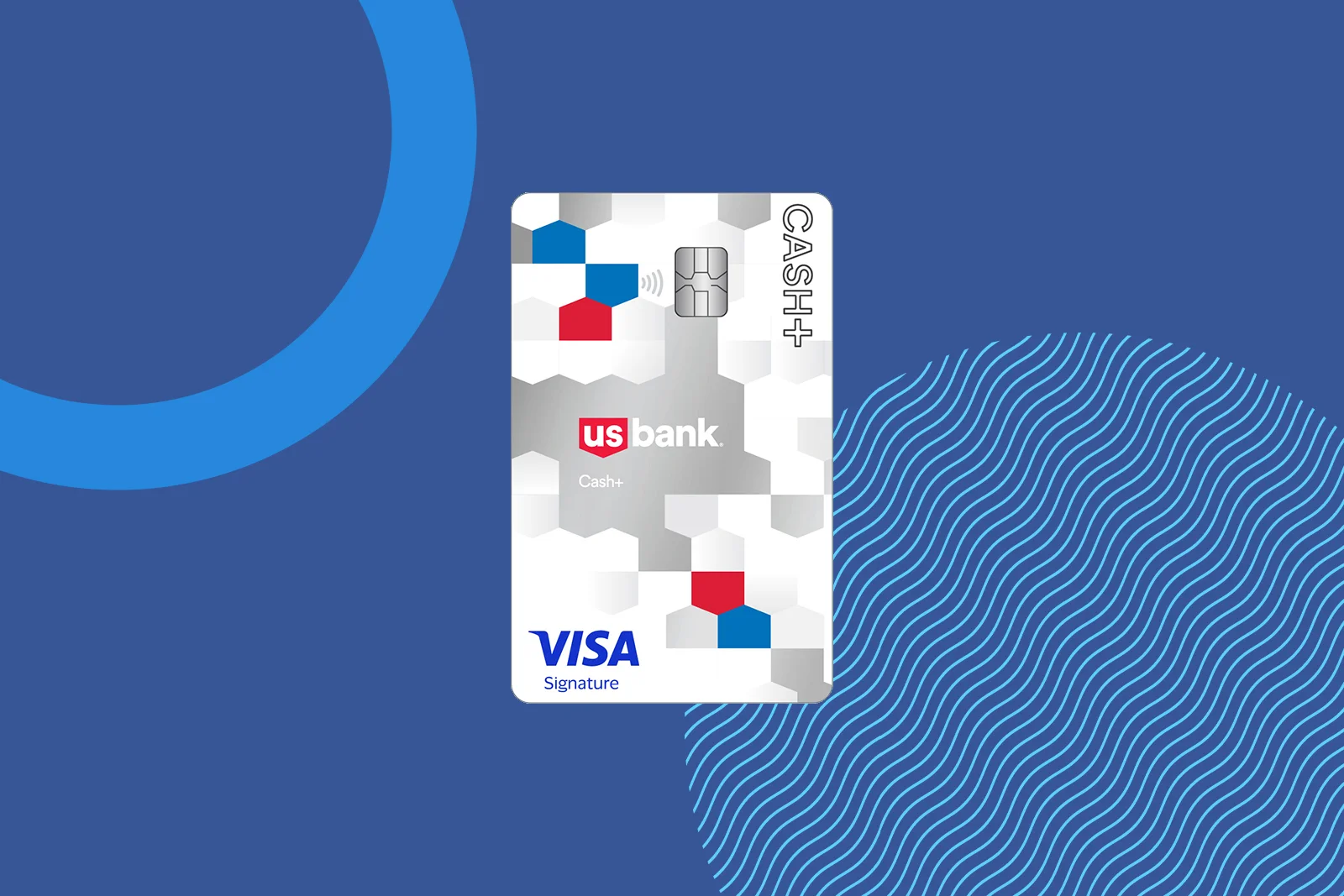Future Trends in Credit Cards: Technological Innovations and Their Implications for Consumers

The Evolution of Credit Cards
The world of credit cards is undergoing rapid transformation, driven by remarkable technological innovations. As consumers adapt to these changes, understanding the implications becomes essential for savvy financial management. Here’s a glimpse of what’s on the horizon:
- Contactless Payments: The rise of NFC (Near Field Communication) technology allows for faster transactions, enhancing the shopping experience. Consumers can simply tap their cards or smartphones to pay, dramatically reducing the time spent at the checkout. For instance, retailers like Starbucks and McDonald’s have implemented these systems, allowing for quicker service during busy hours.
- Artificial Intelligence: AI is revolutionizing customer service and fraud detection, providing safer and more personalized interactions. Banks are increasingly using AI algorithms to identify unusual spending patterns and notify cardholders in real-time. This not only enhances security but also minimizes customer worry. Imagine receiving a text alert if your card is used thousands of miles away just moments after the transaction occurs.
- Mobile Wallet Integration: Seamless connectivity with smartphones simplifies payments, paving the way for convenience in spending. Digital wallets like Apple Pay, Google Pay, and Samsung Pay enable users to store their card information securely and make purchases with a single touch. This shift towards a paperless society allows consumers to leave their physical wallets at home while enjoying the same seamless payment capabilities.
These advancements not only promise to streamline consumer purchases but also raise critical questions about security and privacy. For example, with every new feature comes a potential risk—how safe is your data? High-profile data breaches in recent years have made many consumers wary, highlighting the necessity for financial institutions to continuously bolster their cybersecurity measures.
Moreover, these trends highlight a growing expectation among consumers for more control and transparency in their financial dealings. Credit card holders are increasingly seeking features like no foreign transaction fees, rewards for everyday spending, and better customer service. Being informed about these offerings enables consumers to choose cards that align with their financial goals.
As we delve deeper into these innovations, it becomes apparent that credit cards are evolving into a comprehensive financial ecosystem tailored to the needs of modern consumers. From understanding the implications of contactless payments to utilizing AI for fraud detection, the landscape is changing dramatically. Let’s explore the transformative trends reshaping the credit card market and how they can benefit your financial journey.
DIVE DEEPER: Click here to learn more about managing screen time for better sleep
Contactless Payments: The New Standard
The advent of contactless payments epitomizes the convenience that modern consumers crave. As NFC technology gains widespread acceptance, many card issuers are now equipping their products with contactless capabilities. This shift is more than just a trend; it represents a fundamental change in the way consumers interact with their finances. For example, in 2022, the volume of contactless transactions in the United States reached an estimated $1 trillion, showcasing just how rapidly this method is being adopted.
Consumers benefit from this innovation not only through speed and efficiency but also by enjoying a seamless purchasing experience. A quick tap of the card or smartphone at the point of sale eliminates the need for waiting while entering a PIN or signing receipts. As major retailers continue to implement these systems, the movement toward contactless payments is likely only to grow stronger. Furthermore, the expectations for online shopping are changing as well. With an increasing number of e-commerce platforms adopting contactless payment online templates, customers are experiencing streamlined checkouts that not only save time but also minimize abandoned carts.
AI-Powered Security: Enhancing Fraud Protection
As technology advances, artificial intelligence is setting a new benchmark in fraud prevention. Banks and credit card companies are leveraging complex algorithms to monitor transactions minute by minute, enabling them to identify potential threats more effectively. AI’s incredible capability to analyze patterns means customers can experience enhanced security without sacrificing convenience. Research indicated that AI-based fraud detection systems could reduce false positive rates by up to 50%, significantly improving the customer experience.
Imagine being alerted on your smartphone within moments of suspicious activity. This instant feedback allows consumers to take immediate action, such as freezing their accounts or reporting suspicious transactions. The technology enables a proactive approach rather than a reactive one, fostering a sense of safety in online and offline purchases. But while these innovations offer protection, they also spark critical conversations about data privacy, as consumers become increasingly concerned about how their financial data is being handled and safeguarded.
Mobile Wallets: A Paperless Future
Integration with mobile wallets such as Apple Pay and Google Pay signifies another leap toward convenience. By linking credit cards to these digital wallets, consumers can leave behind bulky wallets filled with cards and cash. Instead, they can access all their payment options via their smartphones, enabling a quick and efficient checkout process. According to recent data, mobile wallet usage is projected to rise to 90% among consumers in the U.S. over the next five years, reflecting changing attitudes toward cash and cards.
Moreover, mobile wallets offer more than just ease of use; they can also incorporate loyalty programs, discounts, and promotional offers directly into the payment experience. This integration empowers consumers to make smarter purchasing decisions and maximize the value they receive from their spending. As awareness of these benefits grows, consumers are encouraged to explore their options and become empowered players in their financial landscape.
As we venture further into the ways technology is reshaping credit cards, it becomes evident that innovations in contactless payments, AI security measures, and mobile wallet integration are not just industry buzzwords—they are essential tools that can redefine how consumers approach their spending habits.
DIVE DEEPER: Click here to uncover insights
Biometric Authentication: A Secure and Personal Touch
As security becomes a top priority in financial transactions, biometric authentication is emerging as a revolutionary approach to fortify credit card access. By employing unique biological traits such as fingerprints, facial recognition, and even voice recognition, financial institutions can create a personalized and highly secure method of verification. In 2022, biometric payment systems experienced an impressive growth rate, with a projected increase in usage among consumers of over 30% by 2025. This technological innovation not only enhances safety but also offers a more user-friendly approach to payment verification.
The appeal of biometric authentication lies in its ability to eliminate complexity. Consumers no longer need to remember complex passwords or navigate security questions; a simple touch or glance is enough. This seamless experience, combined with heightened security, makes it an attractive proposition for users wary of identity theft and fraud. While adoption may be uneven across demographics—more tech-savvy younger generations may be quick to embrace this, while older generations may exhibit resistance—banks are finding ways to promote its benefits through marketing and educational campaigns.
Instant Credit Decisions: The Future of Financing
Moving beyond traditional lending models, the concept of instant credit decisions is slowly gaining traction, driven by advanced algorithms and real-time data processing. Consumers are no longer required to endure lengthy approval processes when seeking credit. Instead, AI algorithms can assess creditworthiness within seconds based on factors such as spending history, income verification, and even social media presence. In fact, recent studies suggest that around 70% of consumers are likely to prefer platforms that offer immediate access to credit.
This rapid decision-making process benefits consumers by enabling them to seize opportunities, whether it be an impulsive purchase or financing urgent needs. Instant credit solutions also promote financial inclusivity, granting access to those with limited credit histories who might have otherwise been rejected through traditional lending practices. However, this speed comes with its own risks, including the potential escalation of debt among consumers who may not fully evaluate their financial situations before borrowing.
Virtual and Augmented Reality: The Shopping Experience Reimagined
The combination of virtual and augmented reality is poised to transform the shopping experience, extending their influence beyond mere entertainment. Retailers are leveraging these technologies to create immersive environments where consumers can experience products before purchasing them. Imagine trying on a pair of shoes virtually or visualizing furniture in your own living space using augmented reality technology—all while seamlessly integrating credit card payments. Reports indicate that by 2025, the virtual reality (VR) and augmented reality (AR) market could exceed $200 billion, a testament to consumers’ growing appetite for interactive experiences.
This innovation not only enhances customer satisfaction but also helps reduce purchase hesitations. When consumers can visualize a product accurately, they are more likely to proceed with the transaction, eliminating the doubts that lead to cart abandonment. Financial institutions may find opportunities to partner with retailers in this space, introducing incentives tied to spending in AR/VR environments. As immersive shopping becomes mainstream, consumers and businesses alike can benefit from a more engaging and personalized shopping journey.
In summary, the trajectory of credit card technology continues to evolve dynamically. Innovations such as biometric authentication, instant credit decisions, and VR/AR-enhanced shopping experiences are reshaping consumer interactions with their finances. As technology continues to intermingle with consumer behavior, understanding these trends and their implications will be vital for both consumers and financial institutions moving forward.
LEARN MORE: Click here to dive deeper
Charting the Path Ahead
As we delve into the future of credit cards, the convergence of technology and consumer behavior is set to redefine how we manage finances. The rise of biometric authentication signifies a shift toward enhanced security and personalization, promising a frictionless payment experience. Meanwhile, the approval processes transformed by instant credit decisions pave the way for greater access to credit, empowering consumers to act decisively in a fast-paced market. This is particularly crucial in a society where financial agility can significantly influence purchasing power and lifestyle choices.
Furthermore, the advent of virtual and augmented reality introduces a new dimension to shopping, creating immersive spaces that engage consumers like never before. By allowing users to visualize products in real life, these technologies can not only minimize buyer’s remorse but also enhance overall satisfaction with the purchasing process. As these innovations gain traction, they will challenge consumers to adapt and embrace new financing methods that prioritize ease of use and security.
While these advancements open up exhilarating possibilities, they also warrant cautious optimism. Consumers must remain vigilant regarding potential risks, including over-reliance on instant credit and the need for robust security measures against fraud. Financial institutions, on their part, should prioritize education and transparency to guide users through the evolving landscape. The impact of these trends will resonate for years, as both consumers and businesses strive to navigate this exciting frontier of credit cards. As technology continues to reshape our interactions with money, staying informed will be critical in leveraging these innovations to enhance financial well-being.


